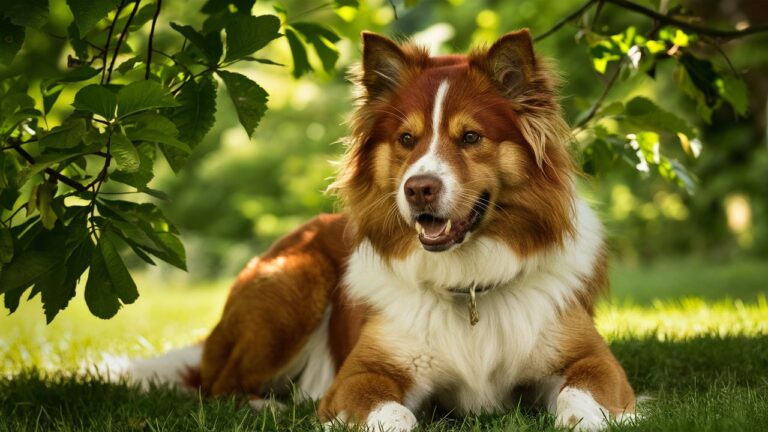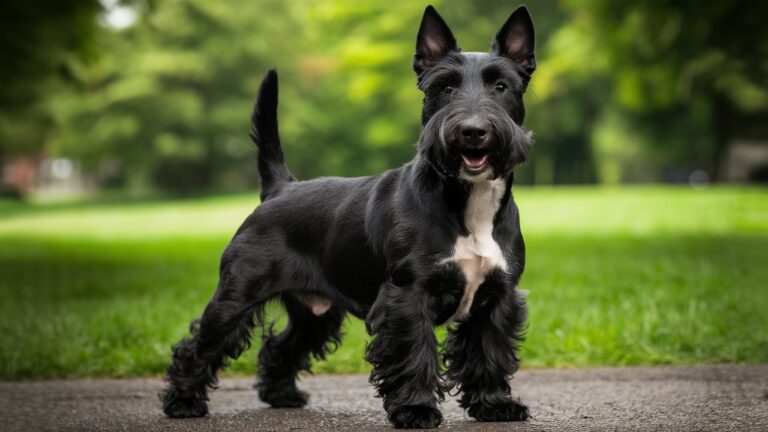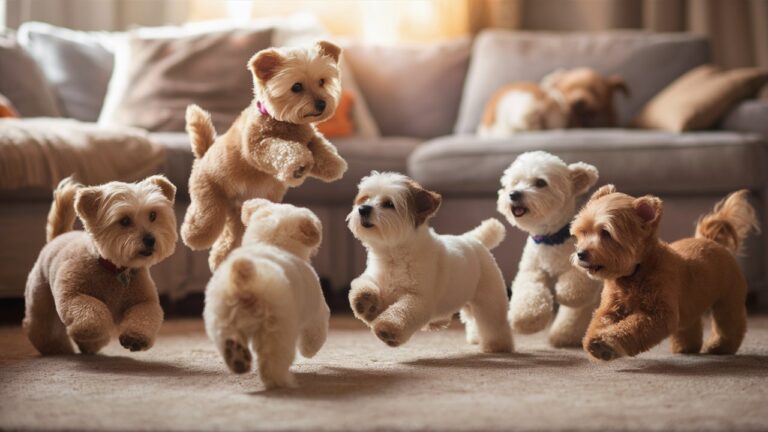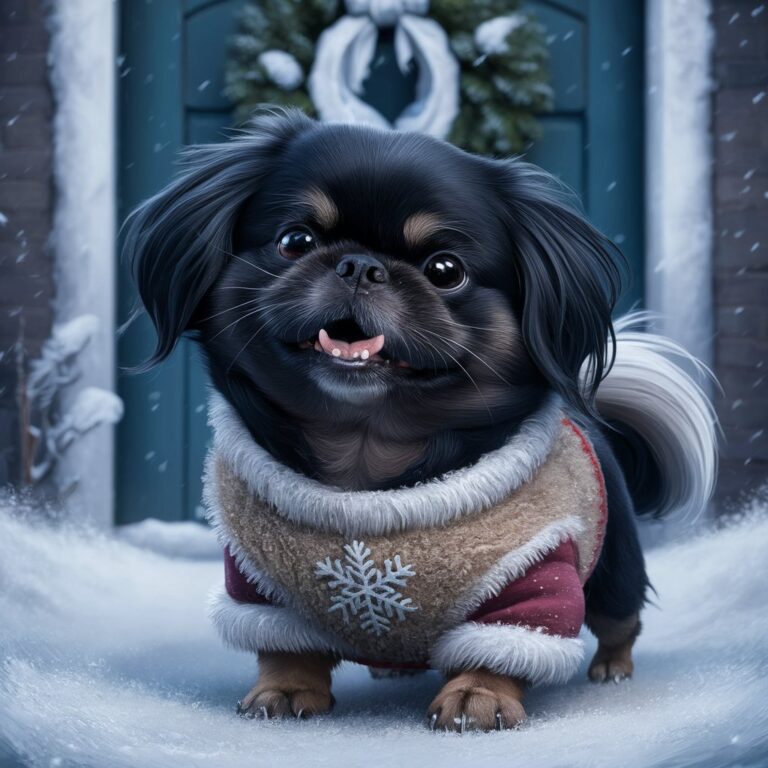The Majestic Bully Kutta: 101 Guide to the Beast
The Bully Kutta, often referred to as the “Beast from the East,” is a dog breed that commands attention and respect. With its imposing size and powerful build, this breed has been misunderstood and misrepresented in various narratives. However, beneath its formidable exterior lies a loyal and affectionate companion, deserving of a nuanced understanding. In this article, we will delve deep into the origins, characteristics, care requirements, and the unique appeal of the Bully Kutta.
Table of Contents
ToggleOrigins and History
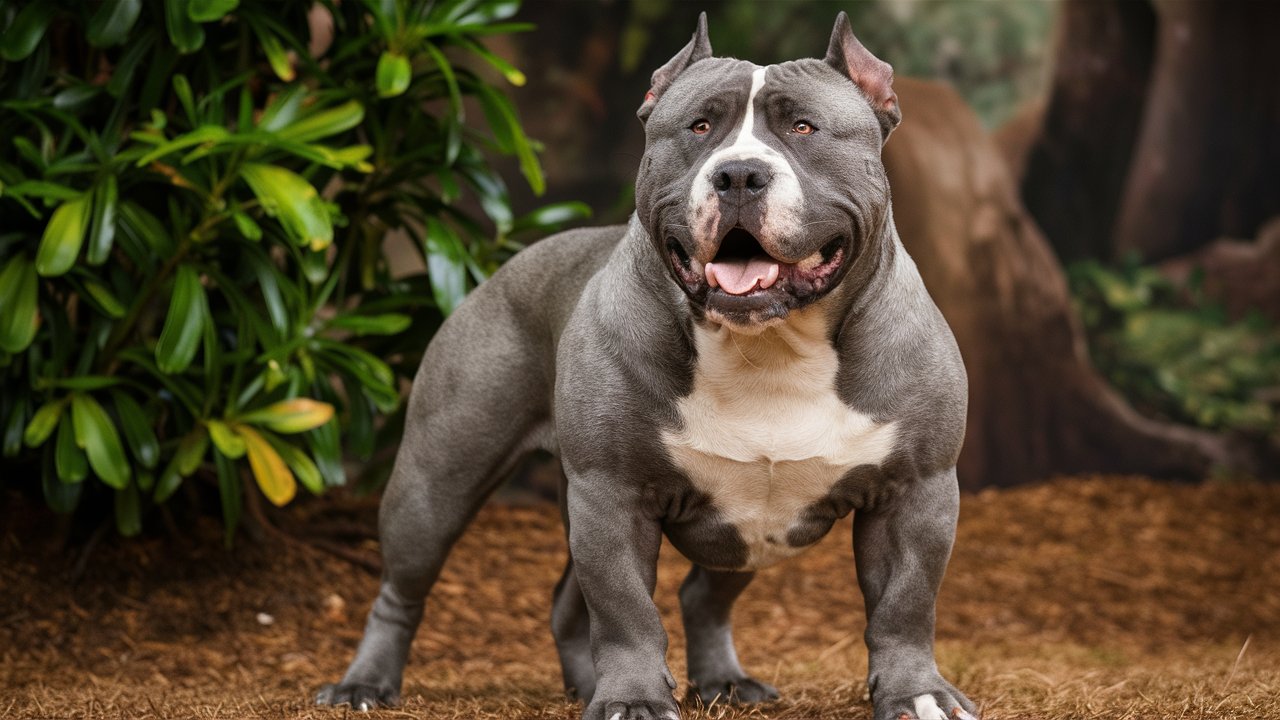
The Bully Kutta, also known as the Pakistani Mastiff, has a rich history that dates back to the Indian subcontinent. Its name is derived from the word “Bully,” meaning heavily wrinkled, and “Kutta,” meaning dog in Hindi and Urdu. Historically, this breed was utilized for hunting and guarding, valued for its strength and courage.
Personal Anecdote: I first encountered the Bully Kutta during a visit to Lahore, Pakistan. A local farmer proudly introduced me to his dog, Sultan, who stood tall and muscular, yet approached me with a gentle curiosity. This experience challenged my preconceived notions about the breed and sparked a deeper interest in its history and temperament.
Physical Characteristics
The Bully Kutta is a large, athletic dog with a well-proportioned body. Males typically weigh between 150 to 170 pounds and stand about 30 to 44 inches tall at the shoulder, while females are slightly smaller. Their coat is short and dense, requiring minimal grooming. Common colors include white, fawn, brindle, and black.
Key Features:
- Head: Large and broad with a powerful jaw.
- Eyes: Almond-shaped and expressive, often reflecting the dog’s alertness and intelligence.
- Ears: Traditionally cropped, but natural ears are also common.
- Tail: Thick at the base, tapering to a point, and usually carried low.
Temperament and Personality
Contrary to popular belief, the Bully Kutta is not inherently aggressive. With proper training and socialization, they can be incredibly loyal, protective, and even gentle with their families. They are known for their intelligence and strong protective instincts, making them excellent guard dogs.
Personal Anecdote: My friend Ahmed, a Bully Kutta breeder, shared stories of his dog, Max, who, despite his intimidating appearance, would patiently allow Ahmed’s children to climb on him and play. Max’s protective nature was evident, but so was his gentle demeanor with those he trusted.
Training and Socialization
Early socialization and consistent training are crucial for the Bully Kutta. These dogs are naturally dominant and can be stubborn, so a firm, yet positive training approach works best. Exposure to various environments, people, and other animals from a young age helps in developing a well-rounded temperament.
Training Tips:
- Start Early: Begin training and socialization as early as possible.
- Consistency is Key: Be consistent with commands and expectations.
- Positive Reinforcement: Use treats, praise, and affection to reinforce good behavior.
- Leadership: Establish yourself as a strong leader to prevent dominance issues.
Health and Lifespan
The Bully Kutta is generally a healthy breed with a lifespan of 8 to 12 years. However, like all large breeds, they are prone to certain health issues, including hip dysplasia, arthritis, and bloat. Regular veterinary check-ups, a balanced diet, and adequate exercise are essential to keep them healthy.
Common Health Concerns:
- Hip Dysplasia: A genetic condition that affects the hip joints.
- Bloat: A life-threatening condition where the stomach twists.
- Skin Infections: Due to their short coat, skin issues can arise if not properly cared for.
Diet and Nutrition
A balanced diet is crucial for the Bully Kutta’s overall health. High-quality commercial dog food or a well-prepared homemade diet can meet their nutritional needs. Ensure their diet includes a good mix of proteins, fats, vitamins, and minerals. Fresh water should always be available.
Dietary Recommendations:
- Proteins: Lean meats like chicken, beef, and lamb.
- Carbohydrates: Brown rice, sweet potatoes, and vegetables.
- Fats: Omega-3 and Omega-6 fatty acids for coat and skin health.
- Supplements: Consult a vet for any additional supplements needed.
Exercise and Activity

The Bully Kutta is an active and energetic breed that requires regular exercise to stay healthy and happy. Daily walks, play sessions, and mental stimulation are important to prevent boredom and destructive behavior.
Exercise Tips:
- Daily Walks: At least one hour of walking per day.
- Playtime: Engage in interactive play like fetch or tug-of-war.
- Mental Stimulation: Puzzle toys and obedience training to keep their minds sharp.
- Space: A large, secure yard is ideal for them to run and play.
The Unique Appeal of the Bully Kutta
The Bully Kutta’s unique combination of strength, loyalty, and protective instincts makes it a fascinating breed. Their imposing presence is balanced by a deep bond with their families, showcasing their gentle side. For those who understand and appreciate the breed’s needs and characteristics, the Bully Kutta can be a rewarding companion.
Personal Anecdote: Reflecting on my time with Sultan, the Bully Kutta in Lahore, I realized the importance of looking beyond stereotypes. Sultan’s owner, a seasoned farmer, spoke of the deep connection he shared with his dog. This bond was built on mutual respect and understanding, a testament to the breed’s potential as a loyal and loving companion.

Conclusion
The Bully Kutta is a breed that deserves recognition for its rich history, impressive physical attributes, and complex personality. While they require experienced handling, proper training, and socialization, they can be incredibly loyal and protective family members. By understanding and respecting their unique needs, the Bully Kutta can thrive as both a guardian and a beloved companion. Whether you’re an experienced dog owner or someone looking to learn more about this majestic breed, the Bully Kutta offers a unique and rewarding experience that challenges and enriches the human-canine bond.
Additional Resources
- Books: “The Bully Kutta: History, Care, and Training” by Ahmed Khan.
- Websites: Bully Kutta Club, Dog Breed Info Center.
- Veterinary Advice: Consult your local vet for specific health and dietary needs.
Final Thoughts
Owning a Bully Kutta is not for everyone, but for those who are willing to invest the time, effort, and love, the rewards are immense. They are a testament to the deep bond that can exist between humans and animals, a bond that transcends appearances and stereotypes. If you ever have the chance to meet a Bully Kutta, approach with respect and an open mind; you might just be surprised by the gentle giant behind the formidable exterior.
